5 essential excavation techniques for modern construction
Excavation is a foundational aspect of modern construction, involving the removal of soil, rock, and other materials to form a cavity or hole on a construction site. With advancements in technology and methodology, excavation techniques have evolved to meet the demands of efficiency, safety, and environmental sustainability.
1. Trenching and Shoring
Trenching involves digging a narrow excavation that is deeper than it is wide. Shoring is the process of supporting a trench with braces to prevent collapses. This technique is essential for laying pipes, cables, and foundations.
It ensures worker safety, minimizes soil disturbance, and is suitable for urban environments where space is limited.
2. Hydraulic Excavation
Hydraulic excavation, also known as hydro excavation, uses high-pressure water to break up soil, which is then removed by a vacuum system. This method is precise and minimizes damage to underground utilities.
This technique is non-destructive, reduces risk of utility damage, and is faster than traditional methods, leading to cost savings.
3. Horizontal Directional Drilling (HDD)
Horizontal Directional Drilling is a steerable, trenchless method of installing underground pipes, conduits, and cables. It involves drilling a pilot hole along a predetermined path and then enlarging the hole to accommodate the installation.
HDD causes minimal disruption to the surface, is ideal for crossing waterways or roads, and is environmentally friendly.
4. Bulk Excavation
Bulk excavation is the removal of large volumes of soil or rock from a site. It's typically used to create a level base for construction projects or to remove excess land.
With the use of heavy machinery, bulk excavation can be completed quickly and is cost-effective for large-scale projects.
5. Vacuum Excavation
Vacuum excavation, or suction excavation, uses a high-powered vacuum to remove debris and soil. It is often used for sensitive or congested areas where traditional excavation methods could be too invasive.
This technique is highly accurate, reduces the chance of utility strikes, and is less disruptive to the surrounding area.


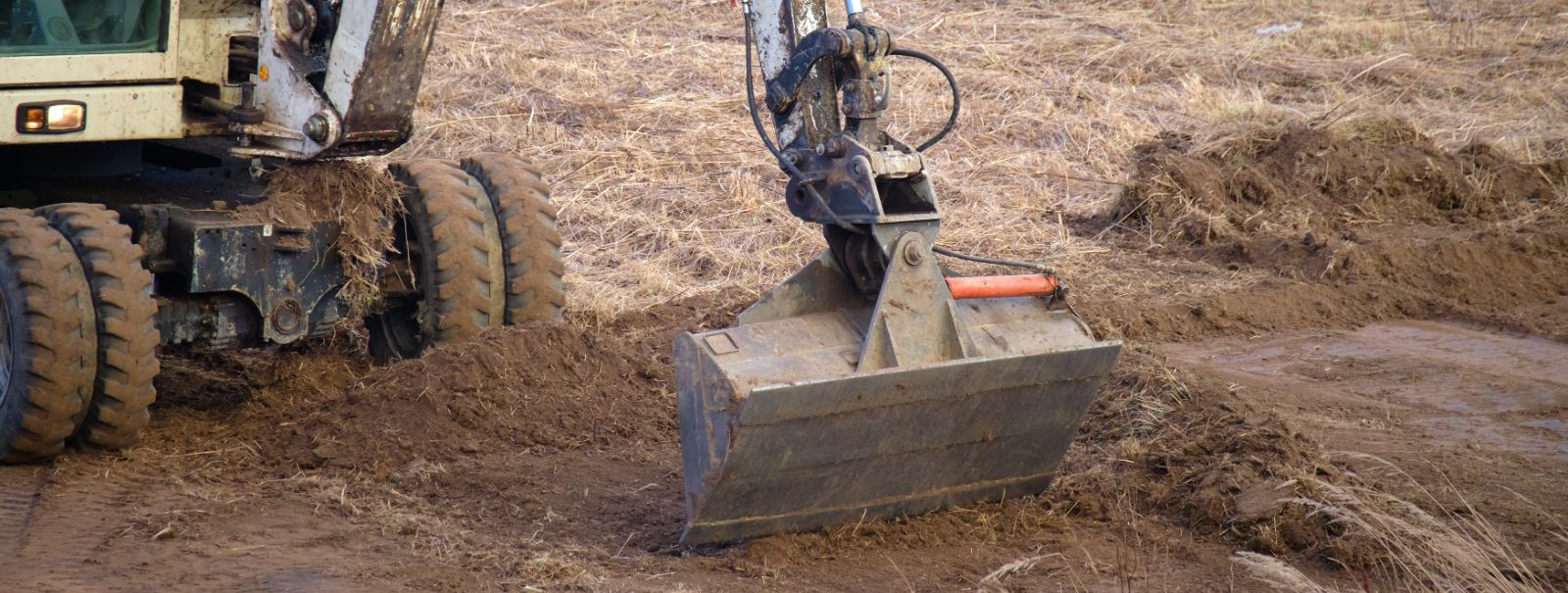

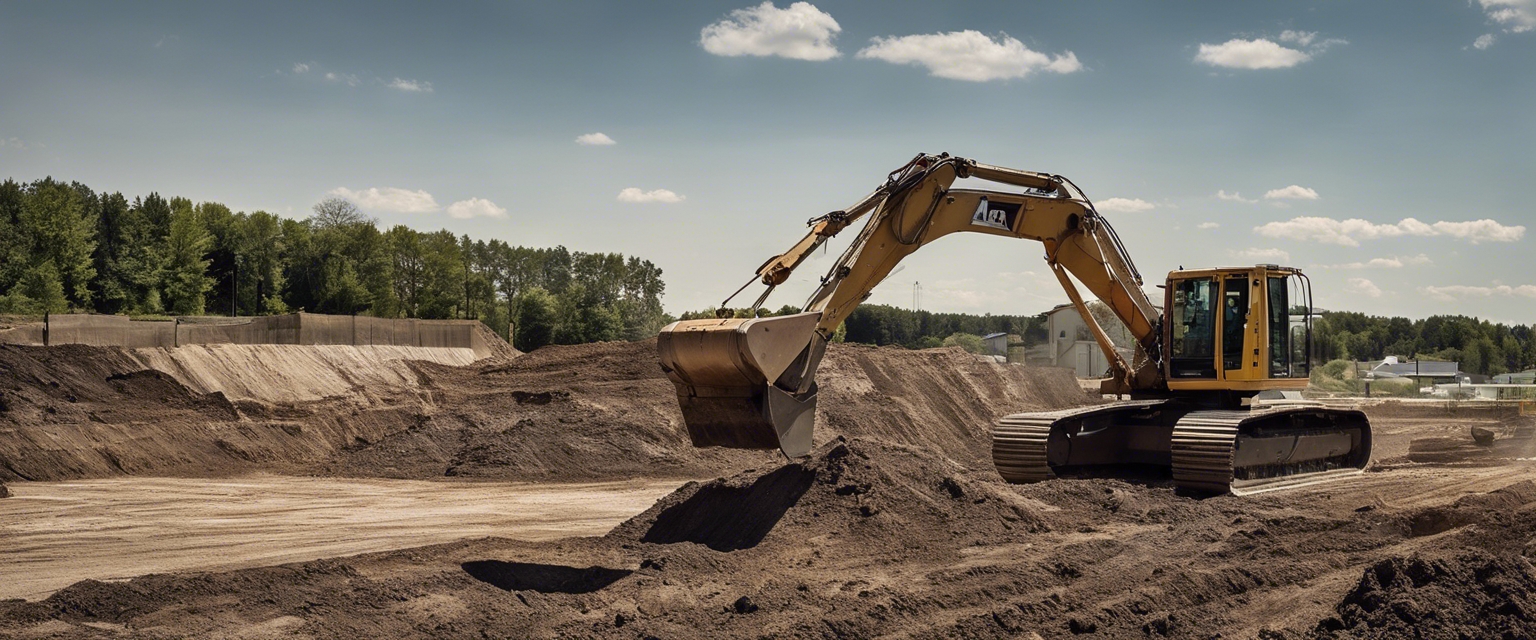
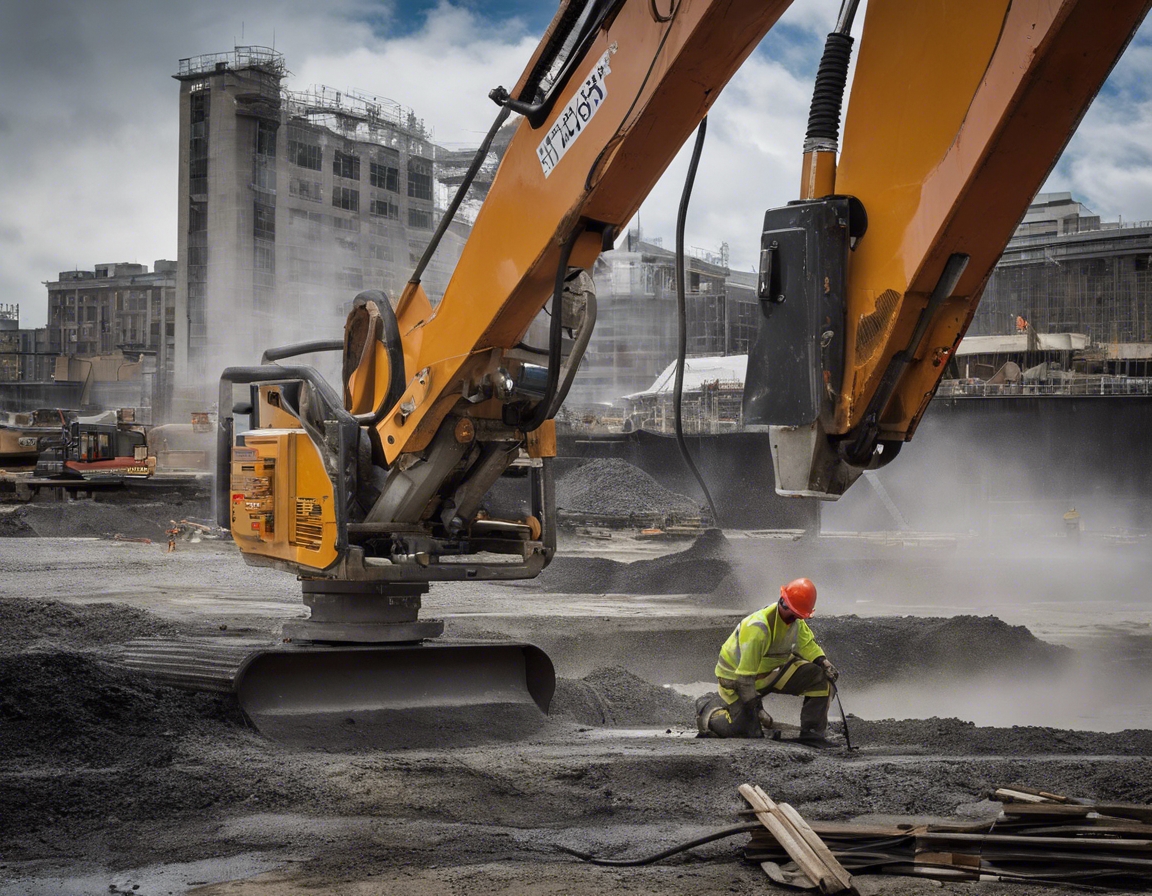
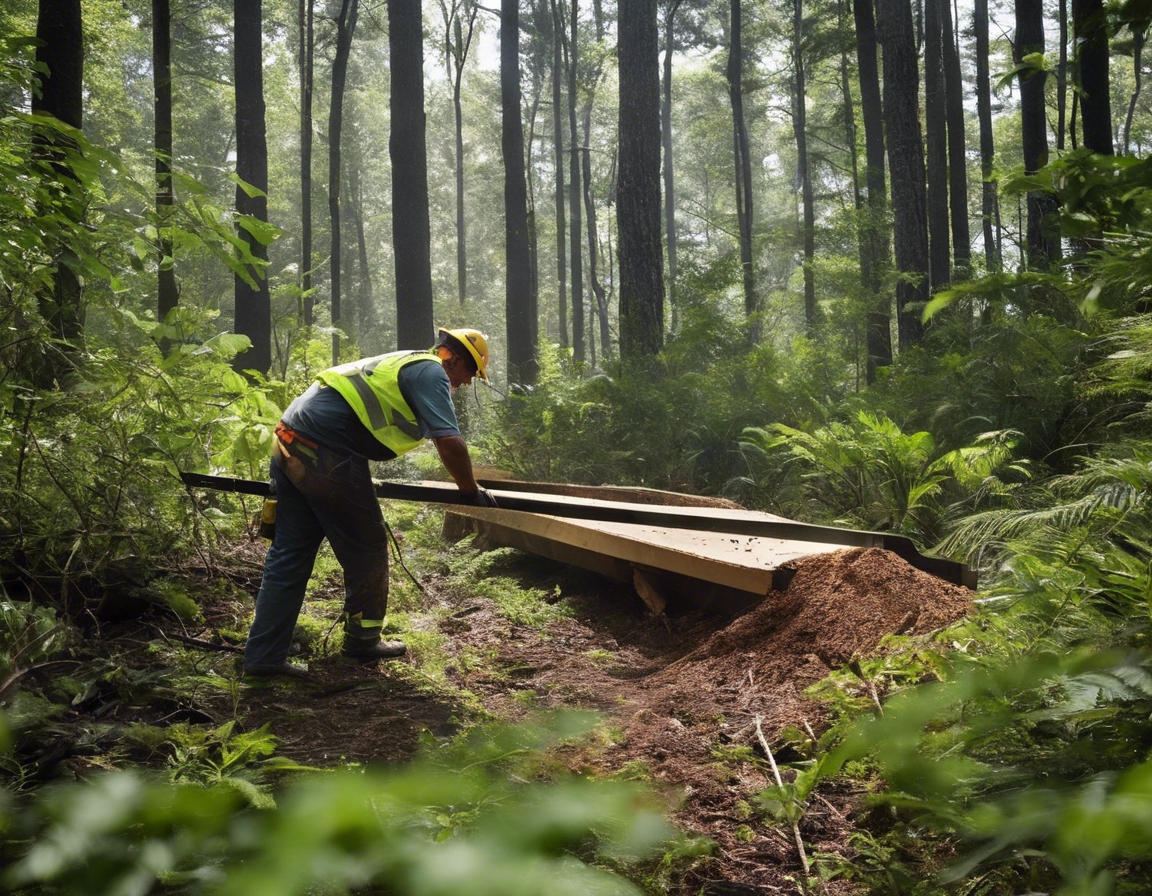
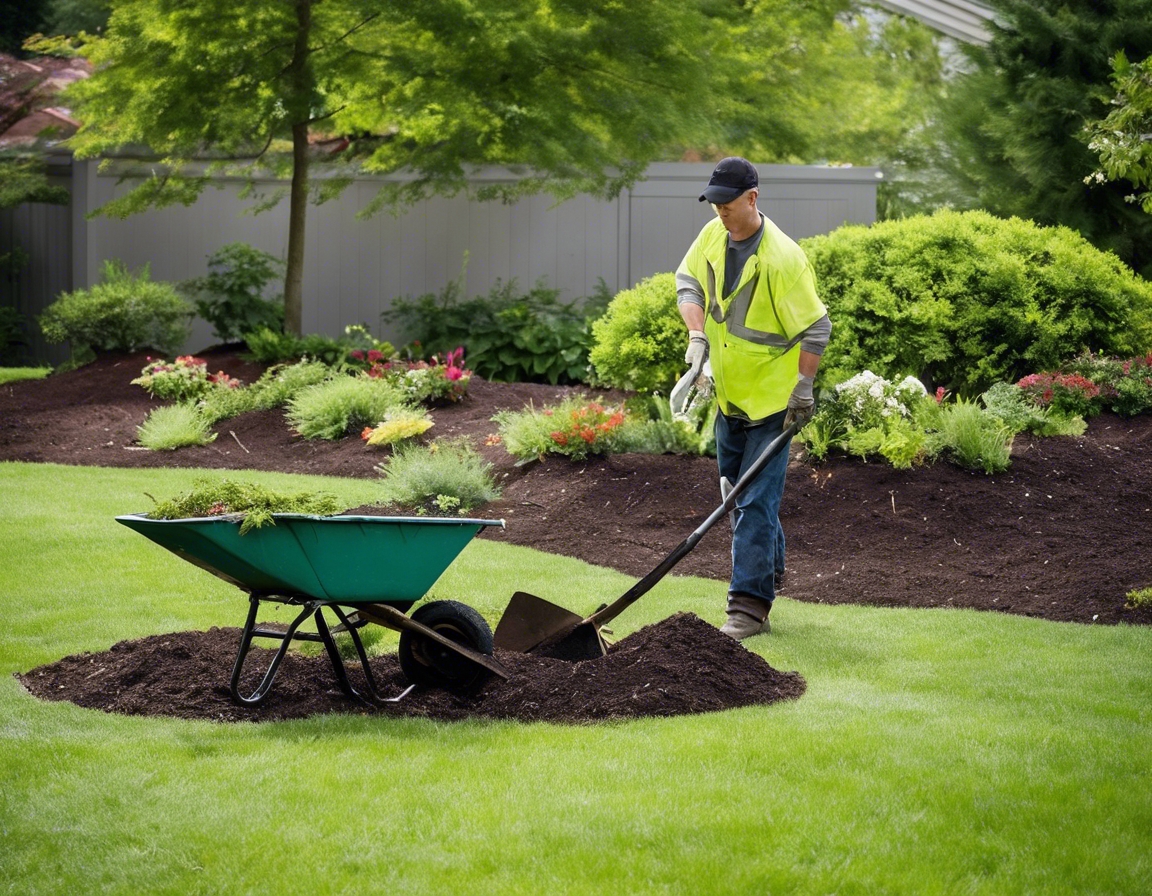
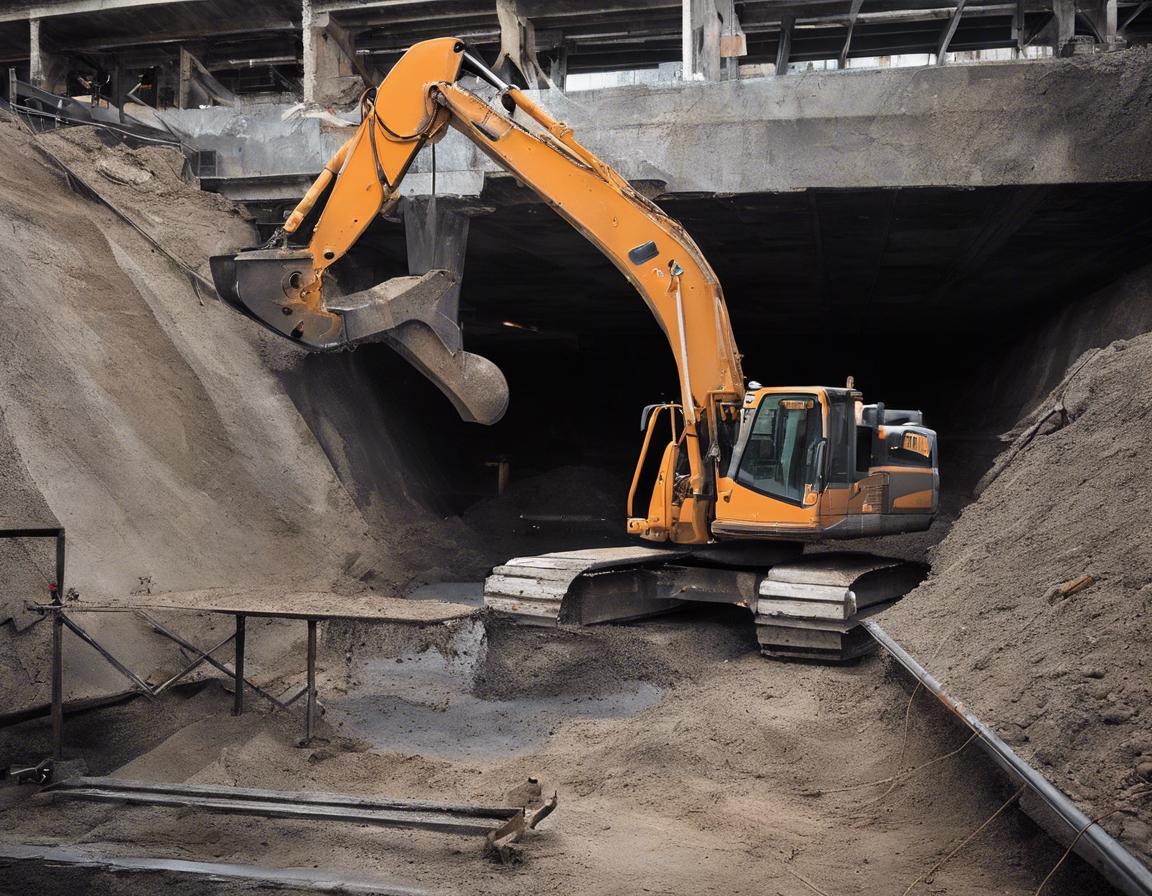
Comments (0)